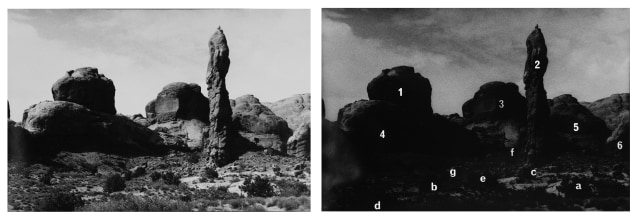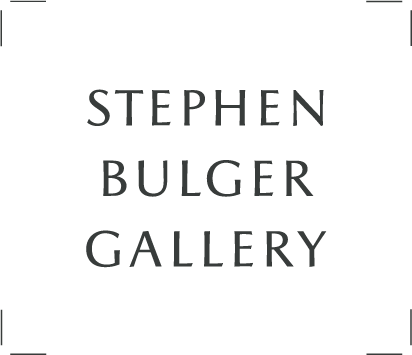(b. 1934, Montreal, Canada; d. 2003, Montreal, Canada)
One of the most inspirational leaders in 20th century Canadian art, Montreal-born artist Charles Gagnon began his career by rejecting his place in his father's brokerage firm. Instead, after reading a New York Times article about New York’s lively arts scene, Gagnon decided to move to the metropolis. Once there, he enrolled at the Parsons School of Design, took art history courses at New York University, and later attended the New York School of Design.
This five-year period spent in New York had a profound influence on the multidisciplinary artist, whose diverse work explored various media, blurred the boundaries between disciplines, and brought them together in creative and unexpected ways. Engulfed by the city’s artistic energy, he painted, photographed, frequented galleries and museums, and discovered new interests, including Zen philosophy and experimental film.
Though painting and photography were at the initial core of Gagnon’s practice, he continued to develop his use of formal colour structures in painting, and experimented with other forms such as collages and box-constructions, which he revisited in the following decades. Gagnon also explored other media such as sculpture, silk-screen printing, sound collages, and briefly examined the relationship between painting and sculpture. Similarly, he dabbled in experimental film as a parallel to his photographic work, ultimately producing three films. Though he began production on a fourth film, it remains unfinished to this day.
In 1967, Gagnon embarked on a teaching career that would last almost 30 years, beginning in the Communication Arts department at Loyola University (now Concordia) in Montreal, where he taught filmmaking and photography until 1975. Following this, he taught film, video, sound, and mixed media in the Visual Arts department at the University of Ottawa until 1995.
Despite his achievements, Gagnon underwent a period of self-doubt in the early 1970s and ceased painting production for several months. His focus shifted to other forms of expression he was utilising, such as photography. His photographic work began to garner significant public attention, largely due to an exhibition of his work which was co-organised by the Vancouver Art Gallery and the National Gallery of Ottawa and which toured across Canada.
Towards the end of his life, several retrospective exhibitions of his work were presented, including Charles Gagnon: Observations, organized and circulated by the Museé du Quebec (1998), and Charles Gagnon: A Retrospective Exhibition at the Museé d’art contemporain de Montreal (2001).
In 2003, shortly after his return from a third trip to the American southwest, the artist passed away after succumbing to a stroke-induced coma.
Throughout his career, Gagnon accrued several notable accolades, including Honourable Mention in the 80th and 82nd Annual Spring Exhibition at the Montreal Museum of Fine Arts (1963, 1965); the second annual Banff Centre School of Fine Arts National Award (1981); Doctorat Honoris Causa, Université de Montréal (1991); Chevalier, Ordre National du Quebec (1991); Prix du Quebec: Paul-Émilie Bourduas Award (1995); and a Governor General’s Award in Visual Arts (2002). Today, his work resides in dozens of private and public collections national and internationally, including the National Gallery of Ottawa, Ottawa; Museé d’art contemporain de Montréal, Montreal; Art Gallery of Ontario, Toronto; Museé Rodin, Paris; and the Hirshorn Museum, Washington, D.C.

